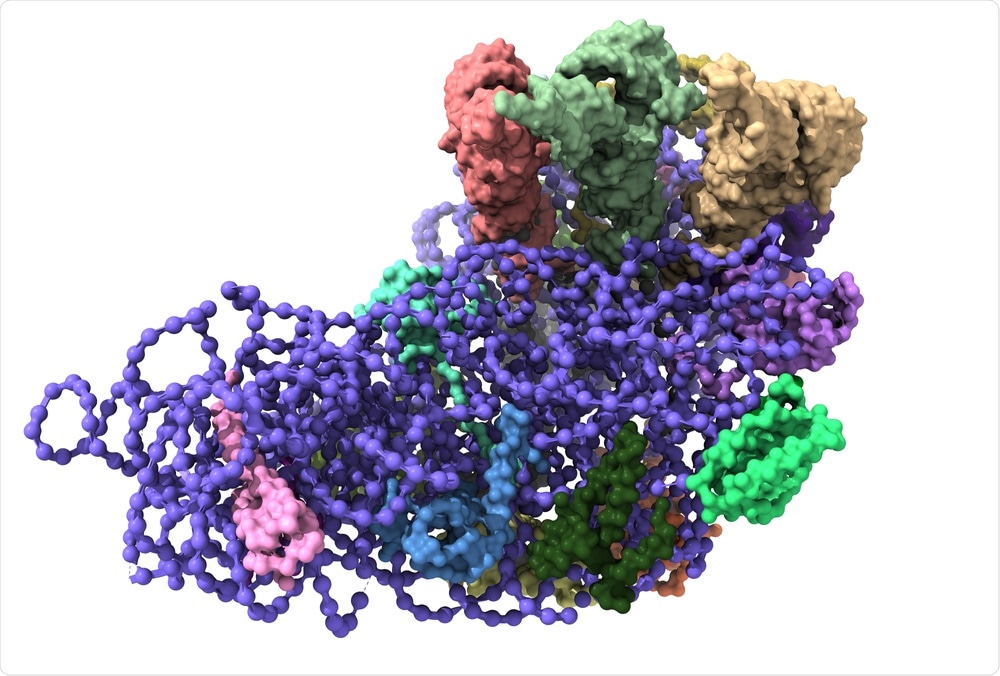If cells are assumed to be “countries”, the proteins will be the citizens structured into inter-connected villages and towns. Numerous proteins would populate these villages and towns and carry out significant tasks to their functioning. Understanding the roles played by each protein in the cell is vital for key advances in the combat against some diseases like cancer.

Image Credit: Volodymyr Dvornyk/Shutterstock.com
Until today, two significant experimental approaches have co-existed:
- Intracellular localization: similar to countries, cells are made up of unique “geographical areas” with specific characteristics. Analyzing the area where a protein is seen help assume its function, up to a particular point.
- Interactomics deals with the study of protein interactions with other proteins in a cell. Pinpointing the “friends” of a protein also helps assume its role.
“1 + 1 = 3”
Merging these two pieces of information, Denis Lafontaine’s group, RNA Molecular Biology, Faculty of Science, contributed to the identification of the third layer of information—detecting new protein communities and predicting their roles. The study was published in the Nature journal.
Our objective was to systematically establish the different levels of organization of the cell: towns, villages, hamlets, localities, etc., and their modes of interaction.”
Denis Lafontaine, RNA Molecular Biology, Faculty of Science, Université Libre de Bruxelles
Denis Lafontaine elaborates, “We were able to show that certain proteins were close or not close. This allowed us to predict and then verify their functions within the cell.”
The research, among other things, pinpointed novel protein communities involved in the production of ribosomes—the nanomachines vital for the survival of the cells and the interest of Professor Lafontaine's study for the past 20 years. Ribosomes produced in excess result in cancers, and its insufficiency results in ribosomopathies—developmental diseases largely impacting the blood and brain.
Source:
Journal reference:
Qin, Y., et al. (2021) A multi-scale map of cell structure fusing protein images and interactions. Nature. doi.org/10.1038/s41586-021-04115-9.